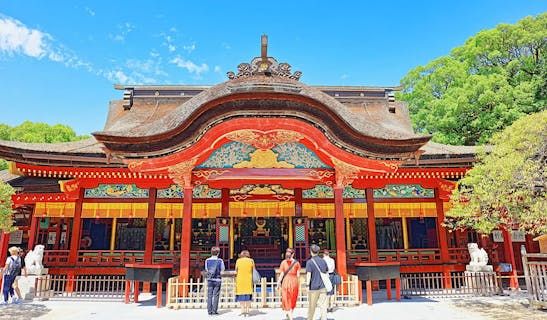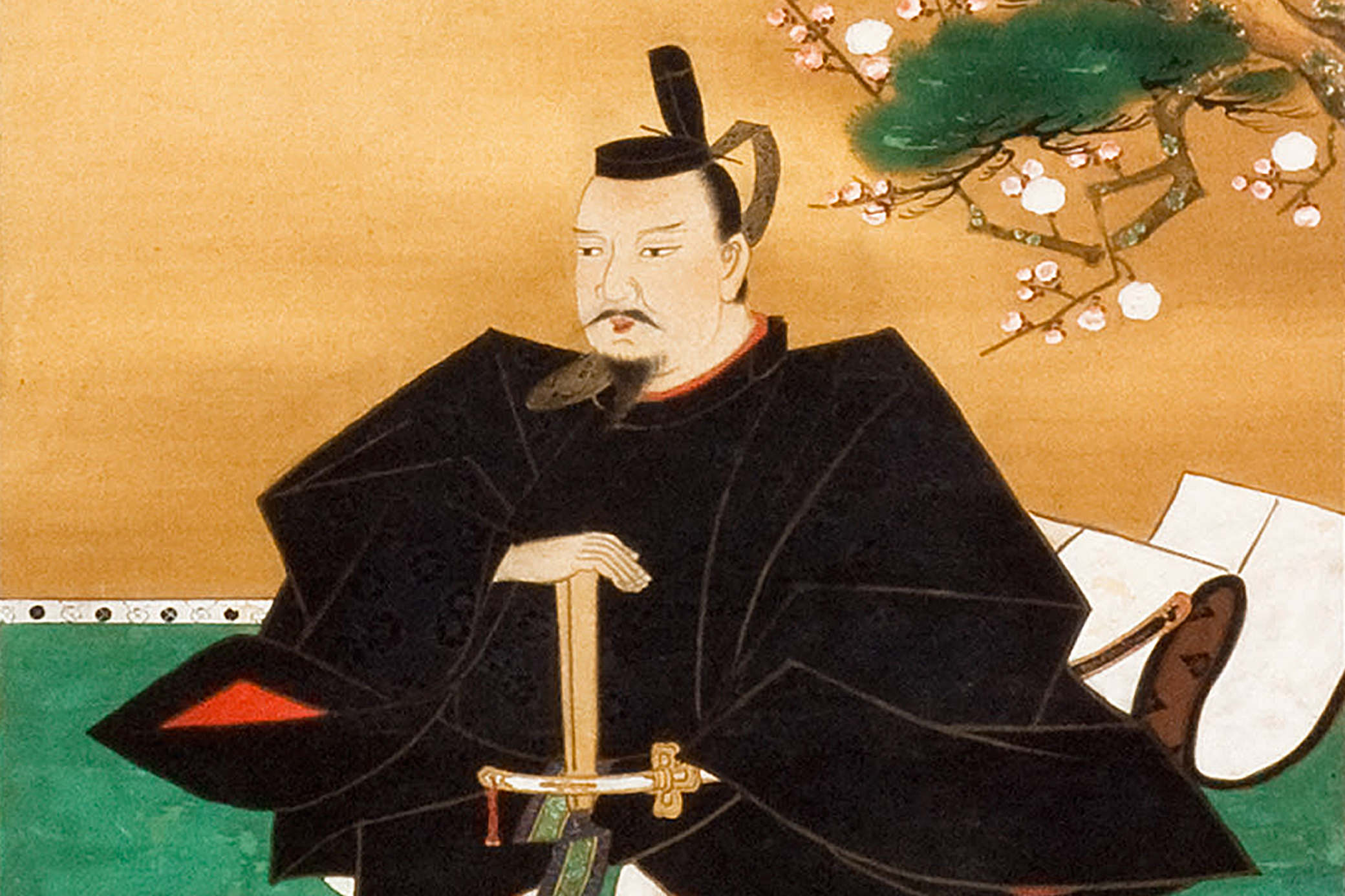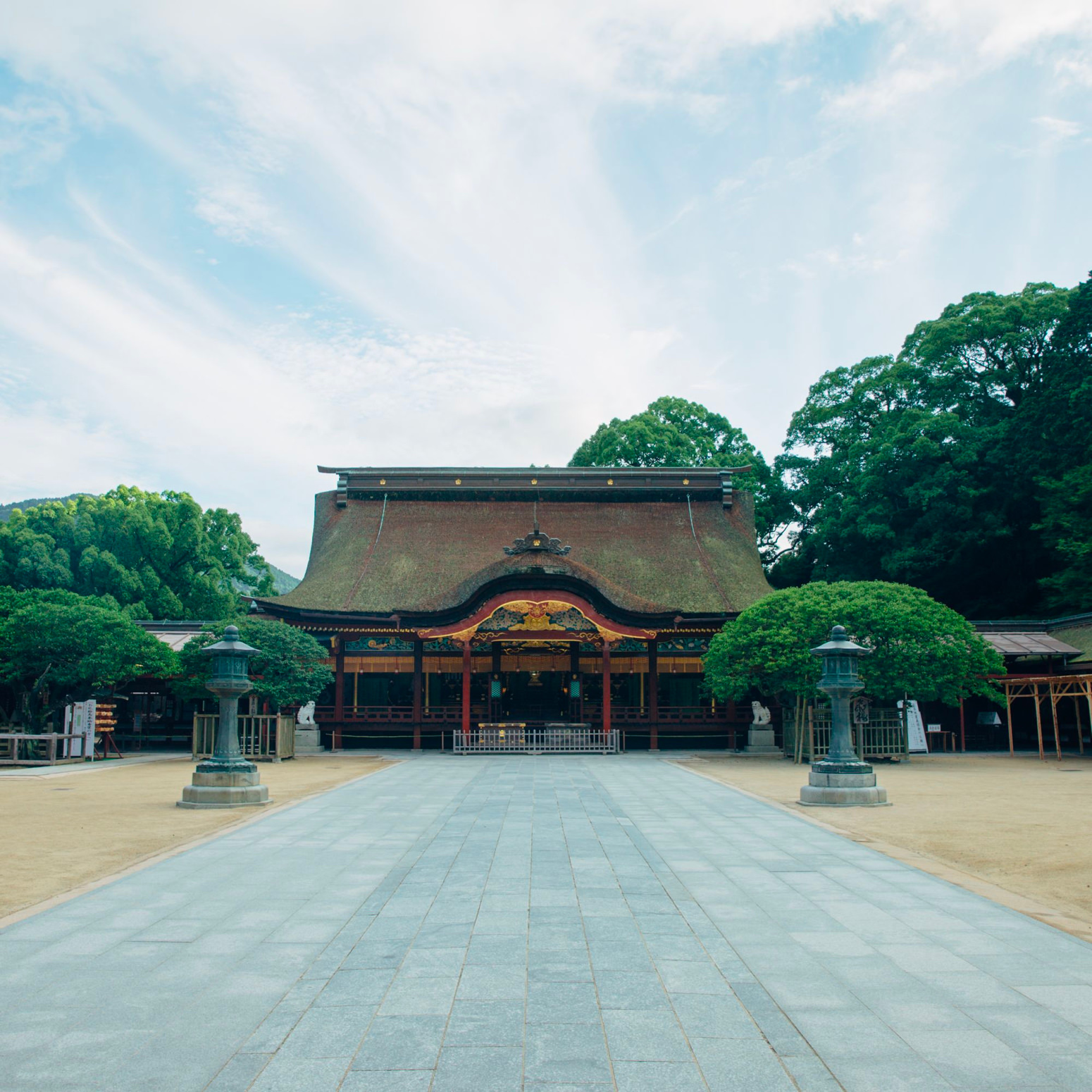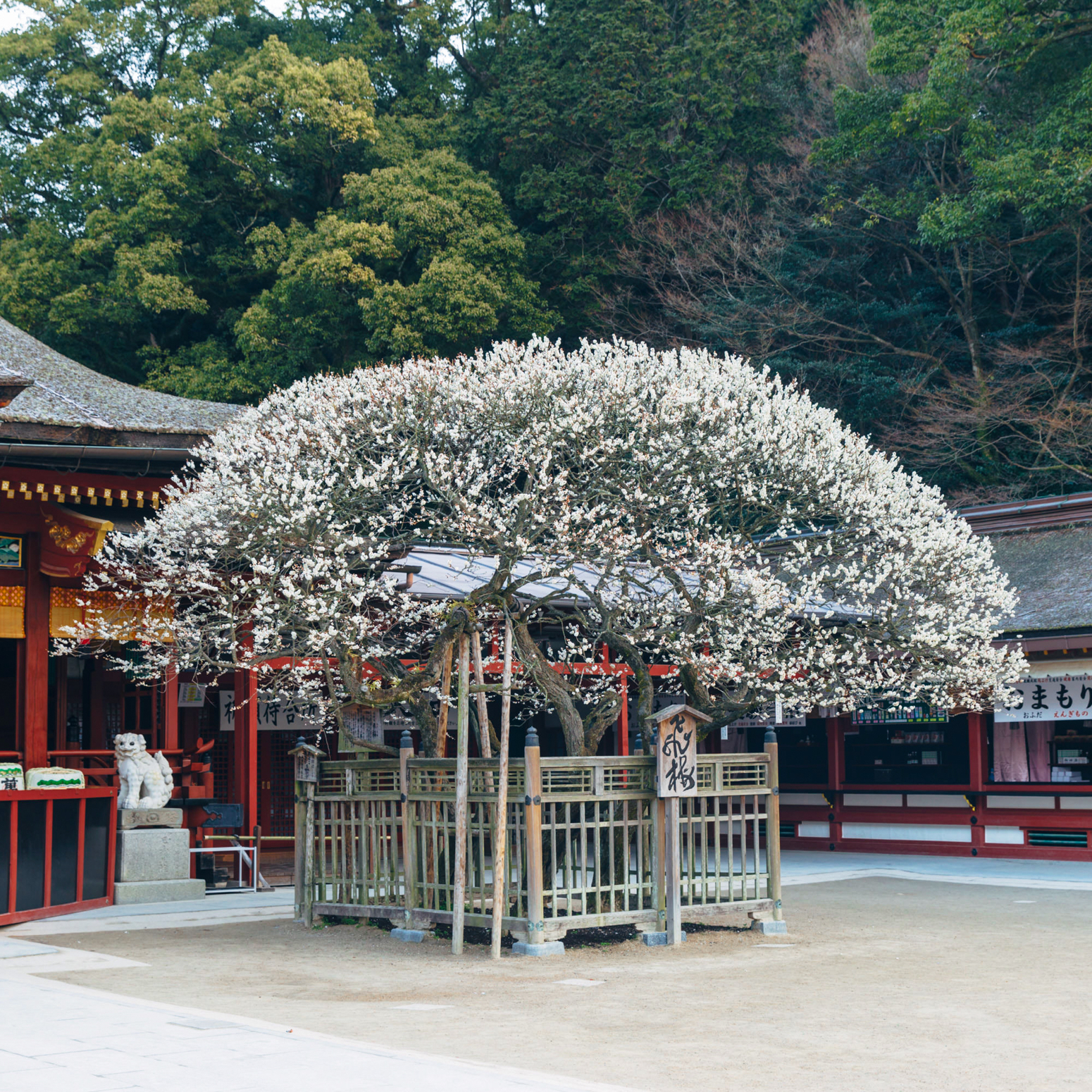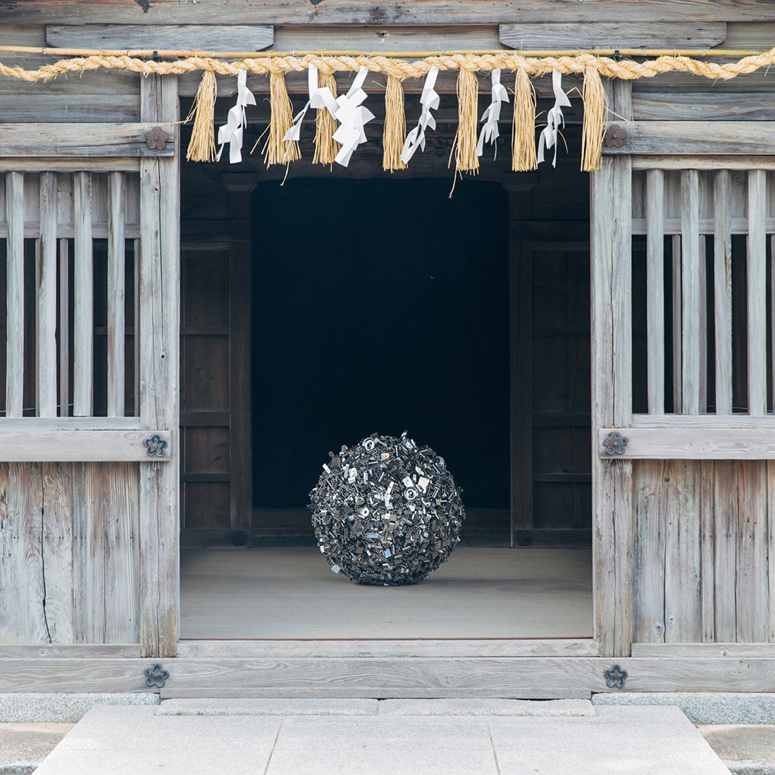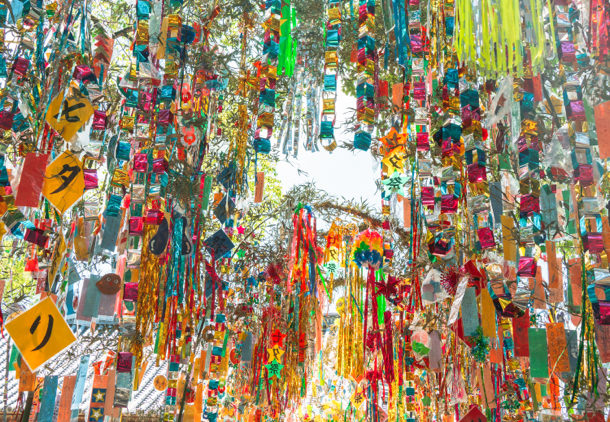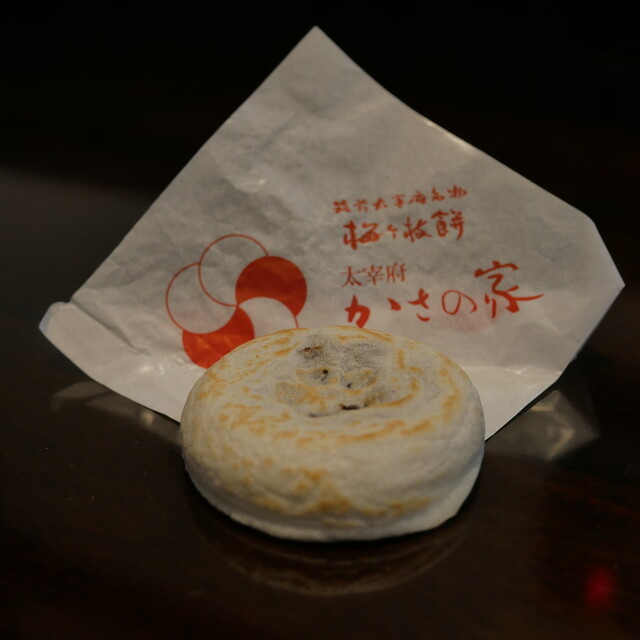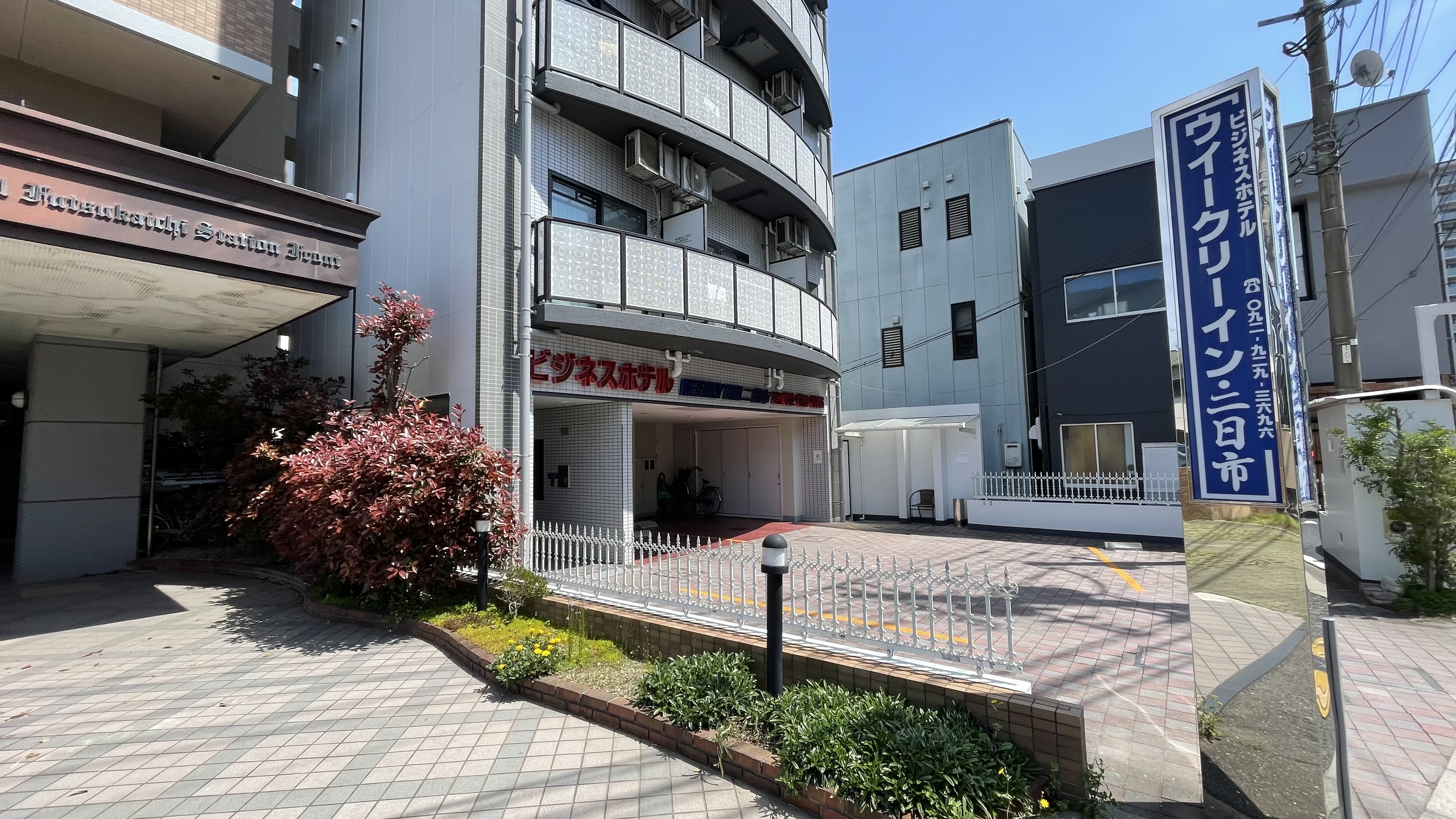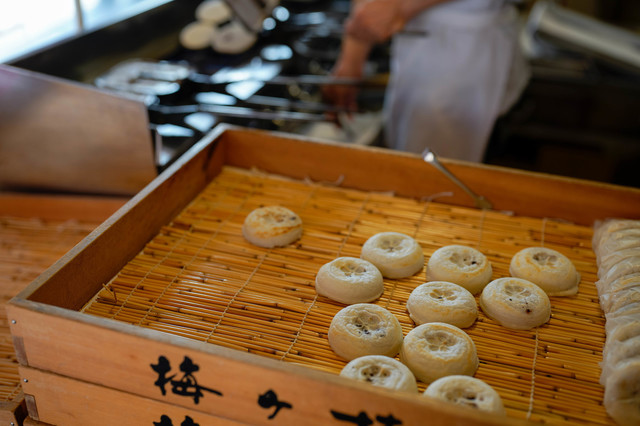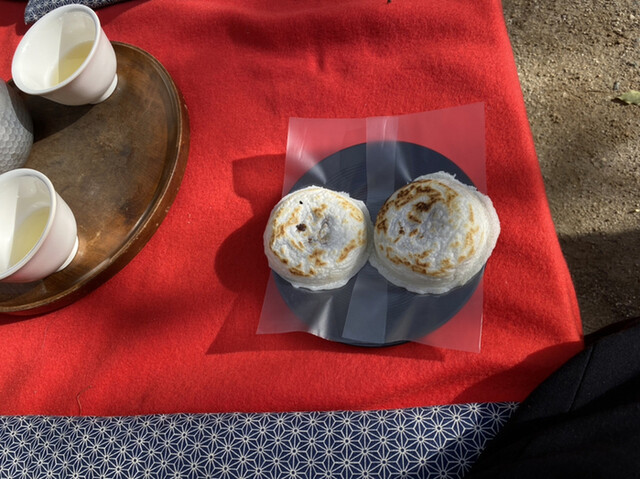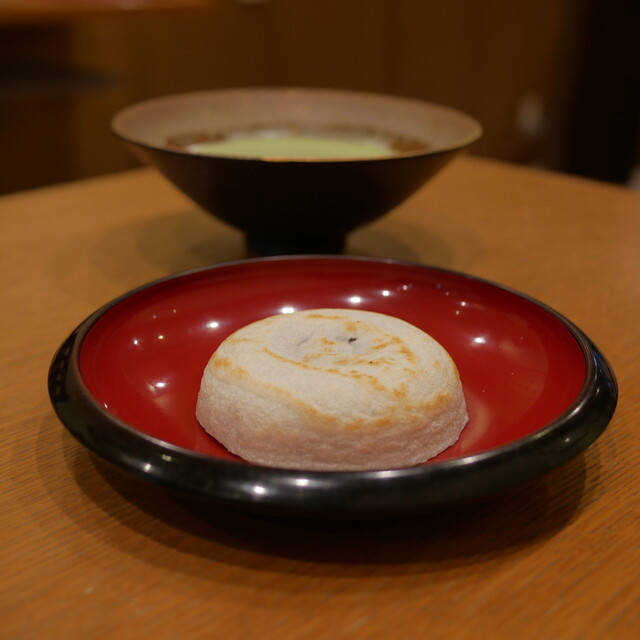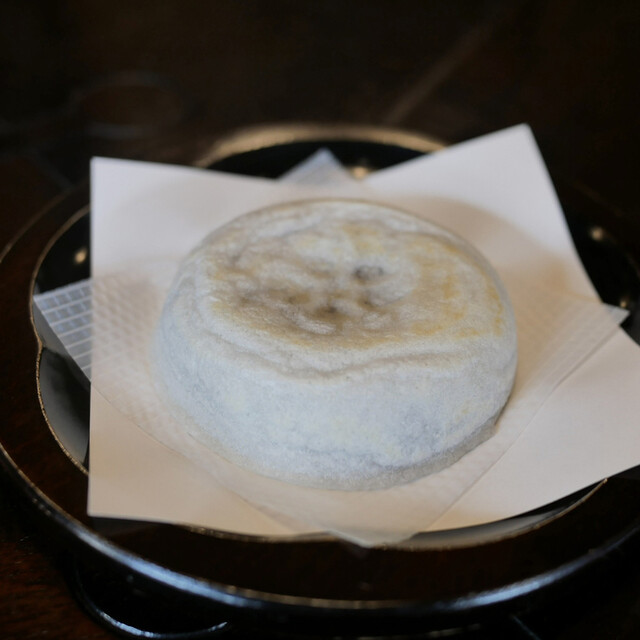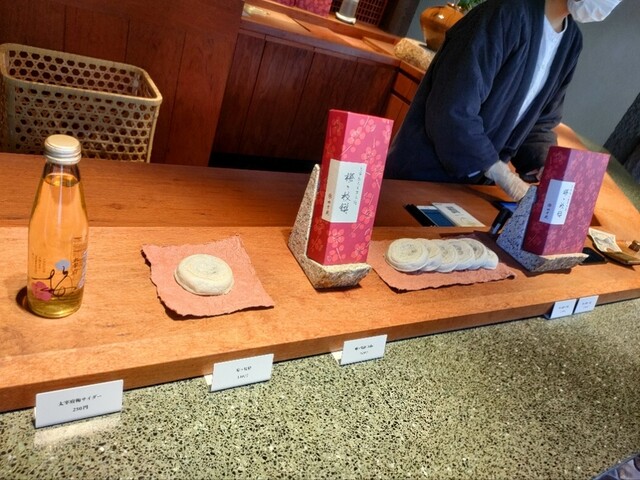Sugawara no Michizane, the enshrined deity of Dazaifu Tenmangu Shrine, is known as a scholar and politician of the Heian period. He rose to a high position with his outstanding knowledge and political skills, serving as a doctor of literature and minister of the left. However, due to his conflict with the ruling power of the time, he was exiled to Dazaifu in Kyushu. After his death there, various legends were passed down about him. One of the most famous is the story that Michizane had a deep love for plum blossoms. When he left the capital, he composed a farewell poem to his beloved plum tree, and his admiration for plum blossoms was known to the people of Dazaifu. After his death, there is a legend that the plum tree he loved flew from the capital to Dazaifu, known as the "flying plum tree legend". In honor of this legend, many plum trees are planted at Dazaifu Tenmangu Shrine, and the plum blossoms in spring are particularly beautiful. Michizane is also widely revered as the god of learning. He devoted himself to learning during his lifetime and raised many disciples. Therefore, his spirit came to be revered as the god of learning by the people. At Dazaifu Tenmangu Shrine, students and those aspiring to academic achievement visit to pray for success in exams and academic achievement. Dazaifu Tenmangu Shrine is not only a place where you can touch the history and legends of Michizane, but also a place where you can experience beautiful nature and culture. Please come and experience its charm for yourself!
4.4
